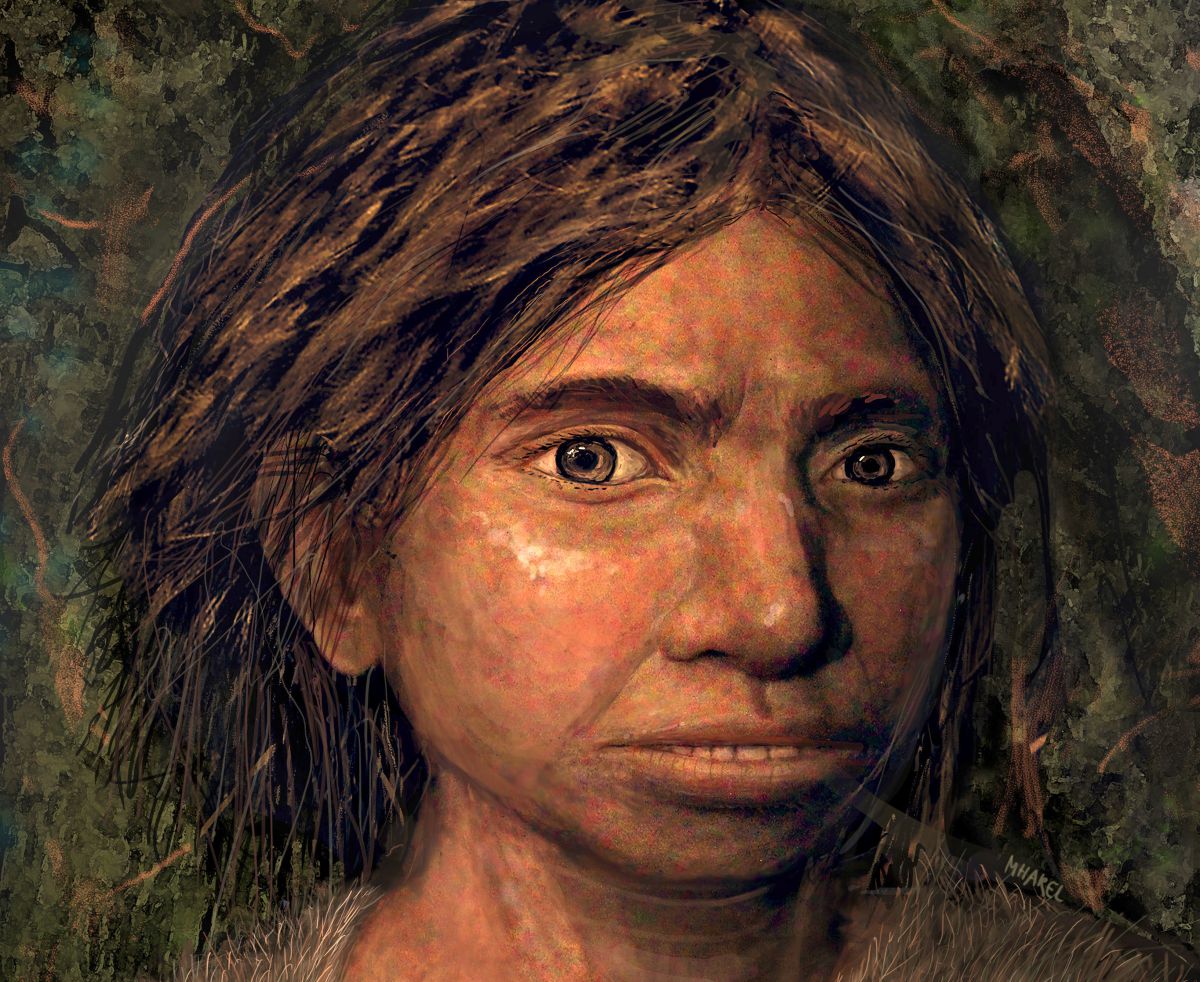Denisovans are a group of apes from 15,000 years ago who shared caves with human beings. Humans and Denisovans were believed to have intimate relations in their time, which probably resulted in genetic links to some human populations in the present. In 2010, scientist used the latest in web technology in a cave in Siberia, a jawbone, some teeth, and a pinky bone were discovered though no traces of skeletons were found, leaving scientists to wonder how these beings looked like.
The results shown from some researchers’ genetic analysis show a figure with a short-spanned forehead, protruding jaw, and a small chin. David Gokham, a geneticist from Stanford University, together with his colleagues, found that Denisovan have longer dental arches and wider skulls compared to human being and Neanderthals. Their findings gave them hope that the skulls recently discovered in China might be one of their dead relatives.
Out of their efforts to reconstruct an extinct face from a pinky bone DNA, the team found 56 traits of Denisovan that differ from human beings and Neanderthals. They had wider pelvises and rib cages compared to present human beings, and flatter faces compared to Neanderthals. In May 2019, a separate group of researchers found a Denisovan jawbone. Surprisingly, seven out of eight of their predictions matched with Gokham’s and his colleagues.
In reality, history can only be reached as far as what we can presently see and there is always something new to discover that might have already existed for years.
